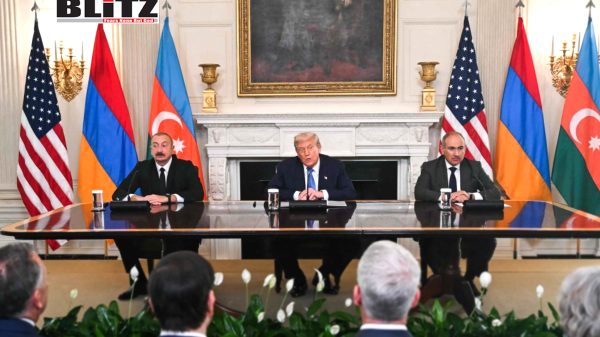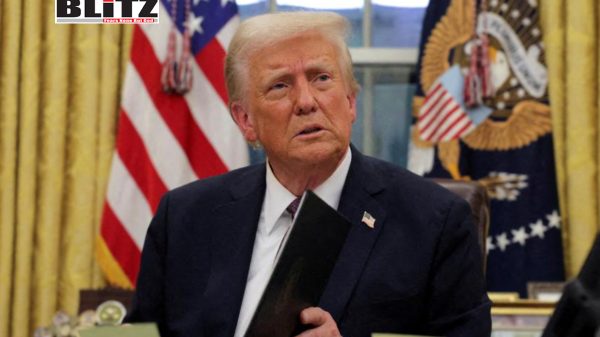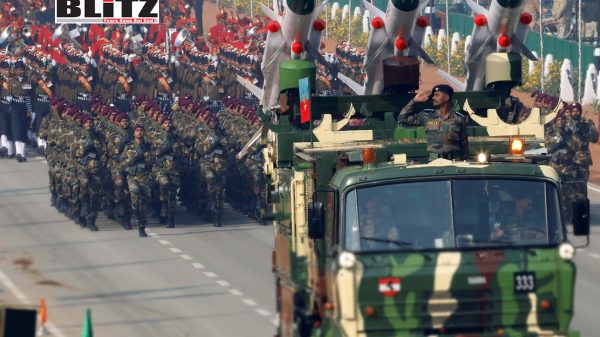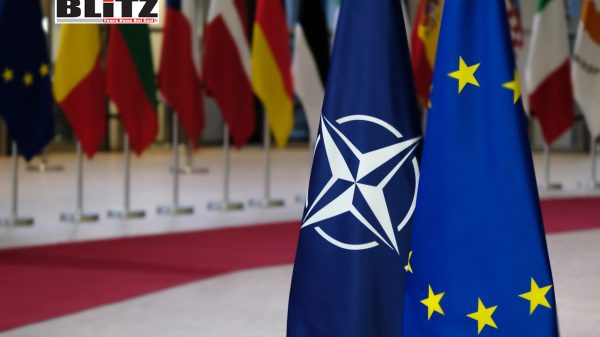The age of AI soft power: How trust and accessibility will shape the next global order
- Update Time : Wednesday, August 20, 2025

Artificial intelligence is no longer merely a technological marvel; it is increasingly a form of geopolitical currency. For years, AI development was framed as a high-stakes race among tech giants and global superpowers to build artificial general intelligence (AGI)-a machine capable of performing any intellectual task a human can. OpenAI, DeepMind, and similar organizations have positioned themselves at the forefront of this race, while governments, particularly in the United States and China, have framed AI as a national security priority, mobilizing resources on a scale reminiscent of the Manhattan Project. In this view, AI is a form of hard power, accessible primarily to nations with vast computational resources and the capacity to leverage them for economic and military dominance.
Yet this perspective, while historically accurate, is rapidly becoming outdated. The launch of DeepSeek, a Chinese AI developer, earlier this year demonstrated that cutting-edge AI models no longer require massive financial backing or centralized infrastructure. DeepSeek’s competitively performing, lower-cost model challenged the assumption that only well-funded tech giants could lead in AI development. By open-sourcing their model, DeepSeek catalyzed a global wave of innovation, earning the moniker “the Robin Hood of AI democratization.”
This shift marks the beginning of a new era: one in which AI is not merely a tool of hard power but also an instrument of soft power. Where once the size and scale of a model determined its supremacy, today superiority hinges on integration, usability, and public trust. The rise of multipolar AI development is evident in recent launches worldwide: Alibaba’s Qwen and Moonshot AI’s Kimi in China, Japan’s Sakana AI, and Meta’s aggressive investment in its open-source Llama program in the United States illustrate a highly competitive, globally distributed landscape. AI innovation is no longer the monopoly of a few dominant firms-it is increasingly collaborative, open, and international.
The implications of this democratization are profound, especially for industrial applications. Foundation models that excel in general knowledge, such as AI chatbots, can provide “70-point” answers to standard queries. However, real-world applications-ranging from loan approvals to production scheduling-demand a higher degree of precision and reliability, often requiring “99-point” accuracy. These tasks involve interdependent processes, ambiguous procedures, conditional logic, and exception handling-complexities that cannot be addressed by isolated models alone. Consequently, developers must design AI systems that are tightly integrated with the workflows of specific applications, while application designers must deepen their understanding of the underlying technology.
This approach also has direct implications for geopolitics, particularly in the ongoing discourse around “sovereign AI.” Governments around the world are increasingly concerned about dependence on foreign technology providers, recalling historical patterns where reliance on Silicon Valley infrastructure-search engines, social media platforms, and smartphones-created persistent digital trade deficits. The prospect of similar dependency in AI is particularly worrisome, not only for potential economic losses but also for the risks of coercion or “kill switches” that could disrupt essential systems. Consequently, many nations now consider domestic AI development a strategic imperative.
However, sovereign AI does not necessitate complete isolation. From a cost-efficiency and risk-diversification perspective, the optimal strategy may involve mixing and matching models from multiple sources. The true aim of sovereign AI should be to cultivate global influence through soft power: building AI models that other nations, businesses, and individuals voluntarily adopt. Soft power has traditionally been associated with the global appeal of ideas, culture, and technology-think Hollywood, human rights advocacy, or widely used digital platforms like WhatsApp and WeChat. In the AI era, soft power can be expressed through widely adopted AI systems that shape the everyday decisions of people worldwide.
Trust will be a critical determinant of which AI systems gain global adoption. Users in both the United States and China already approach AI with caution, wary of surveillance, privacy violations, and coercive capabilities. In this environment, only AI systems perceived as trustworthy, transparent, and reliable are likely to achieve widespread acceptance. Countries such as Japan and regions like Europe, which can prioritize ethical design and human-centered AI, may be well-positioned to earn the confidence of the Global South-a demographic with increasing geopolitical significance.
Yet trustworthy AI is more than a technical requirement; it is a social imperative. It must enhance human capabilities rather than replace them, ensuring that AI serves as a tool for empowerment rather than concentration of wealth and power. If mismanaged, AI has the potential to exacerbate inequality, erode social cohesion, and deepen divides between technologically advanced nations and those still building their AI capabilities. In both the aging populations of the Northern Hemisphere and the rapidly growing, youthful populations of the Global South, the risks of AI-driven inequality are acute.
Developers, policymakers, and business leaders have an opportunity-and a responsibility-to shape AI as a positive force. Public acceptance, integration into real-world workflows, and ethical governance are essential not only for industrial success but also for the exercise of international influence. The era of winner-takes-all AI dominance is fading, replaced by a more nuanced landscape where collaboration, transparency, and cultural alignment determine global standing.
As the story of AI unfolds, it is increasingly clear that the next phase will not be defined by raw computational power alone. Instead, the distribution, adoption, and trustworthiness of AI systems will define geopolitical influence, economic advantage, and social cohesion. Those who build AI not just for profit or prestige but for universal utility and trustworthiness may ultimately wield the most enduring form of power: soft power.
In conclusion, the age of AI soft power has arrived. The global AI landscape is now multipolar, collaborative, and more accessible than ever before. National security, economic development, and industrial efficiency are no longer the sole metrics of AI importance. Instead, global adoption, trust, and human-centered design will shape who truly leads in this transformative technological era. The challenge for the world is not only to build powerful AI but to ensure that these systems are equitable, empowering, and embraced universally-an achievement that may define the balance of power in the 21st century.















